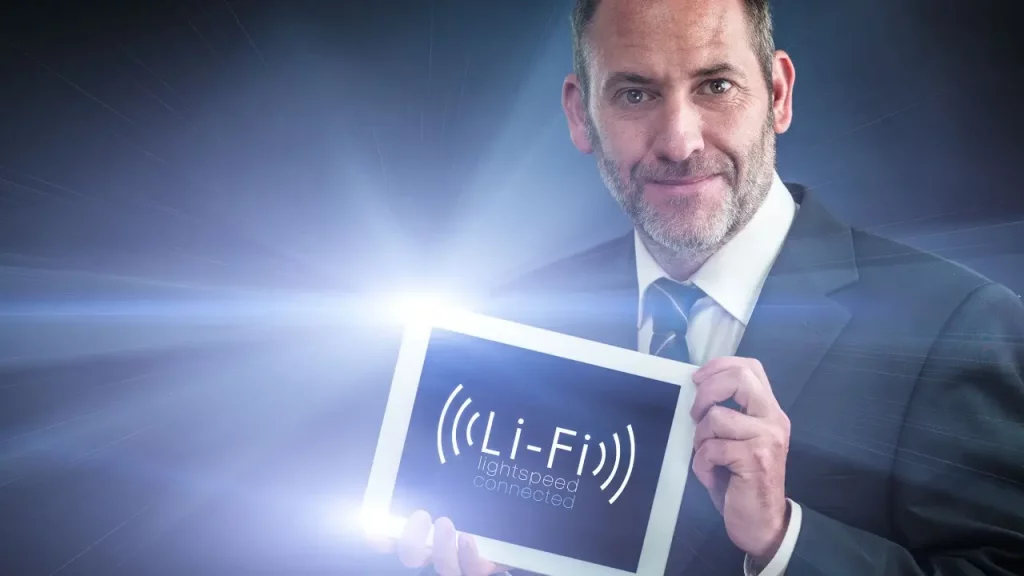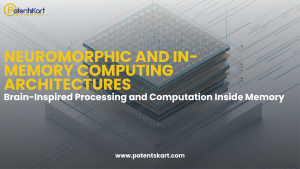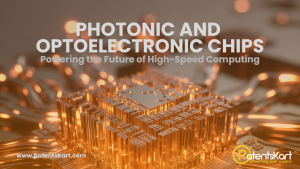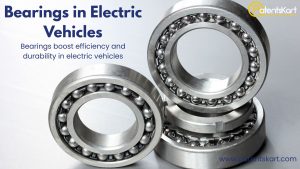If you’re like most people, you rely on the internet for just about everything. Whether you’re working, studying, or just browsing for fun, chances are you use the internet every day. And if you’re like most people, you probably don’t want to be without it. That’s why wireless internet is so important! But what happens when your Wi-Fi goes out? Or when there’s no signal in your area? That’s where lifi comes in. Lifi technology is transforming wireless internet by providing a faster, more reliable connection than ever before!
What exactly is LiFi technology?
Lifi is a new type of wireless internet technology that uses light to transmit data. It has been developed as an alternative to traditional WiFi, which uses radio waves to connect devices to the internet.
Lifi technology is based on LED lights, which are used to transmit data at high speeds. The data is encoded into the light signals, and these signals are then received by a receiver that is connected to the internet
How does LiFi technology work?
LiFi technology works by using LED lights to transmit data. The LED light is modulated at a very high speed and the data is encoded into the light. The data is then received by a photosensitive detector, which converts the light back into an electrical signal.
This technology has many potential applications, including providing high-speed wireless internet in public places, such as airports and coffee shops. LiFi could also be used in homes and offices to provide a wireless internet connection.
Why is LiFi important?
LiFi is important because it has the potential to completely transform how we use wireless internet. LiFi can provide incredibly fast speeds, up to 100 times faster than traditional WiFi. This means that we would be able to do things like download movies and music in seconds, and video chat without any lag.
LiFi is also much more secure than WiFi, since it uses visible light instead of radio waves. This means that hackers would not be able to intercept our data as easily.
Lastly, LiFi is much more energy-efficient than WiFi. This is because LED bulbs, which are used for LiFi, use less power than traditional WiFi routers.
WiFi (Wireless Fidelity) vs. LiFi (Light Fidelity)
Simply put, LiFi is a wireless communication technology that uses light instead of radio waves to transmit data. This means that it can be used in places where WiFi is not allowed or would interfere with other equipment, such as in aeroplanes or hospitals.
So far, LiFi has been shown to be up to 100 times faster than WiFi, with speeds of up to 224 gigabits per second. And because it uses visible light, it is not subject to interference from other devices.
The downside of LiFi is that it requires a line of sight between the transmitter and receiver, which means that it cannot be used outdoors or in large spaces. But for indoor use, it is a promising alternative to WiFi.
The future of LiFi
The future of LiFi is looking very bright. The technology has already been proven to be incredibly fast and reliable, and it is only going to get better. With more and more devices being equipped with LiFi capabilities, the potential for this technology is limitless.
One of the most exciting aspects of LiFi is that it has the potential to completely transform the way we use the internet. For example, LiFi could be used to create wireless hotspots in public places like airports and coffee shops. This would allow people to connect to the internet without having to worry about using up their data allowance.
LiFi could also be used to provide internet access in areas where there is no traditional infrastructure, such as in rural areas or developing countries. This would have a huge impact on the lives of people who live in these areas, and it would also help to connect the world in a way that has never been possible before.
There are endless possibilities for what LiFi could do, and it is only going to get better with time. The future of this technology is looking very bright, and it has the potential to change the way we use the internet forever.
Are you excited for the future of LiFi? Let us know in the comments below!







